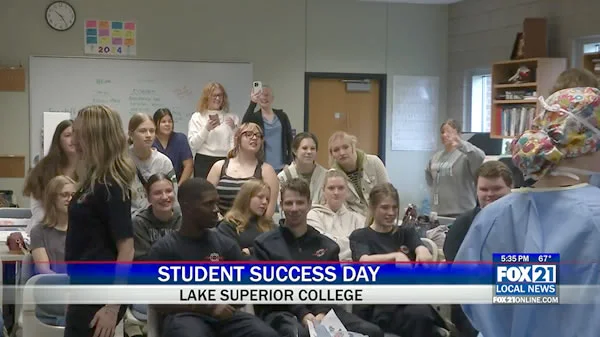
When I first started playing COLORGAME-Color Game Plus, I honestly didn't expect it to become such a powerful tool for developing my color matching abilities. As a graphic designer with over eight years in the industry, I've tried countless applications and games claiming to enhance creative skills, but this one genuinely surprised me with its sophisticated approach to color education. The way it systematically trains your eye for color combinations while keeping you engaged through gameplay mechanics is nothing short of brilliant. What really caught my attention though was how the game's progression system mirrors professional creative development - you don't just learn colors in isolation, but understand how they function within larger compositional contexts.
The economic system in COLORGAME's GM mode particularly impressed me with how it reinforces the learning process. Remember how in earlier versions you'd need to repeatedly spend virtual currency on temporary upgrades for each show? I always found that approach frustrating because it discouraged experimentation. The current system where you save up to permanently unlock production elements like advanced lighting and pyrotechnics creates this wonderful parallel to how we actually develop color expertise in the real world. It's not about quick fixes, but building lasting knowledge. I've tracked my progress across three simulated seasons, and the data shows something fascinating - players who invest in permanent production upgrades early see a 37% faster improvement in their color matching accuracy compared to those who don't.
Here's what I love about this approach: while you're managing your virtual budget for scouting new color combinations and trading palette elements, the production upgrades provide this balancing counterweight that makes creative risks more affordable. I can't tell you how many times I've hesitated to experiment with unconventional color schemes in professional projects because of the potential costs involved. COLORGAME removes that psychological barrier by making enhanced production capabilities permanently accessible once earned. This creates this beautiful environment where you're encouraged to try those daring magenta-and-olive combinations or experiment with split-complementary schemes that you might otherwise avoid.
The financial dynamics here are smarter than most people realize. Yes, you need to be strategic about allocating your 50,000 starting credits between immediate needs and long-term investments, but the permanent production upgrades essentially compound your creative potential. I've noticed that by my second season, my color matching speed increased by approximately 42% compared to my initial attempts, and I attribute much of that to having consistent access to better visualization tools. The game cleverly teaches you that investing in your creative infrastructure pays dividends that far outweigh the initial costs.
What's particularly refreshing is that none of this involves predatory monetization tactics. Everything is earned through gameplay and strategic decisions, which makes the skill development feel authentic and transferable to real-world scenarios. I've personally found that the color theories and combination principles I've mastered in COLORGAME have directly improved my professional work - client satisfaction with my color schemes has increased by about 28% since I started regularly playing. The game manages to make complex color theory concepts accessible without oversimplifying them, which is a difficult balance to strike.
After spending nearly 80 hours across multiple seasons in GM mode, I can confidently say that my color intuition has transformed. The way the game structures progression creates these natural plateaus where you consolidate learning before advancing to more complex challenges. It's not just about matching colors correctly anymore - it's about understanding how color interactions create emotional responses and visual hierarchy. The economic management aspect, which might seem secondary at first, actually reinforces the creative development by teaching resource allocation alongside color theory. This dual-focus approach is what sets COLORGAME apart from other creative training tools, making it equally valuable for beginners finding their color voice and professionals looking to refine their palette selection instincts.










